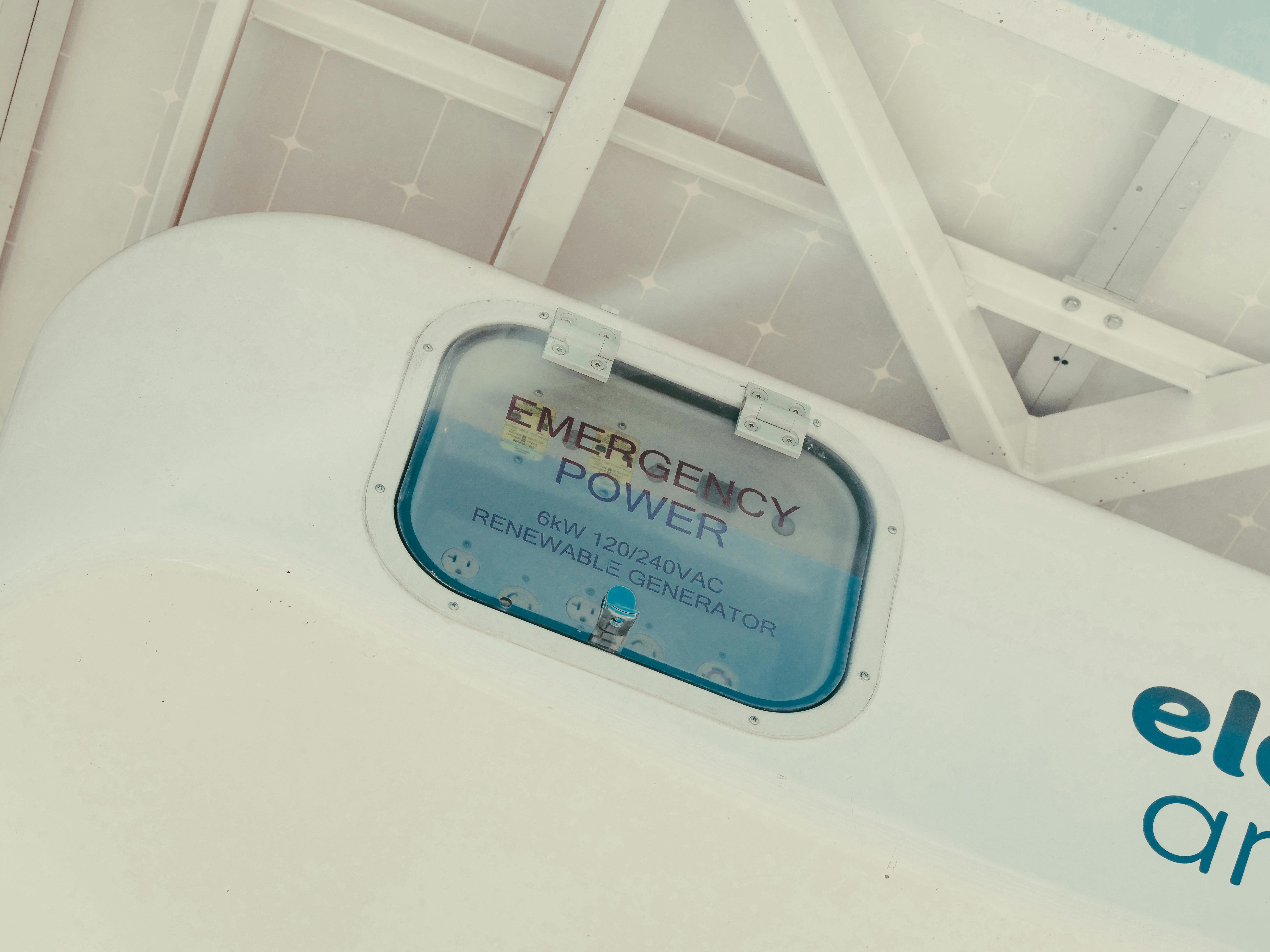Whole House Generators: Your Ultimate Guide to Costs, Options, and Home Benefits
In an era where power interruptions caused by storms, grid failures, and unexpected events are becoming increasingly common, maintaining an uninterrupted electricity supply for your home is essential. Whole house generators offer a reliable safeguard, ensuring that your household stays powered and comfortable even during outages. This article explores the key benefits, pricing considerations, and available options when it comes to investing in a whole house generator.

Whole house generators represent a significant advancement in home resilience technology, offering comprehensive protection against power outages that portable units simply cannot match. These permanent systems integrate directly with your home’s electrical panel and fuel supply, activating automatically when utility power fails. Unlike smaller portable options, whole house generators can power everything from essential systems like refrigeration and heating to comfort amenities like air conditioning and entertainment systems. As extreme weather events become more common and grid reliability concerns increase, many homeowners are considering these systems as necessary infrastructure rather than luxury additions.
Understanding Whole House Generators Reliability in Outages
Power outages can strike without warning, lasting hours, days, or even weeks in severe cases. Whole house generators provide unparalleled reliability during these critical times. Most modern systems can detect a power failure within seconds and automatically transfer your home to generator power through an automatic transfer switch. This seamless transition happens whether you’re home or away, eliminating the need for manual intervention during storms or emergencies.
The reliability factor extends beyond just activation. Today’s whole house generators typically run on natural gas, liquid propane, or diesel fuel, providing consistent power for extended periods. Natural gas models connect directly to existing gas lines, offering virtually unlimited runtime as long as municipal services remain intact. Propane and diesel options rely on on-site fuel storage, with typical tanks supporting anywhere from several days to weeks of continuous operation depending on capacity and load demands.
Powering Through Storms: Generator Capacity and Coverage
When selecting a generator for storm resilience, understanding power capacity requirements is crucial. Whole house generators are rated in kilowatts (kW), with residential models typically ranging from 10kW to 38kW. A 10-14kW unit can power essential circuits in a modest home, while larger 20-38kW systems can handle entire households including central air conditioning and other high-demand appliances.
Load calculation becomes particularly important during extended outages. Professional installers perform a detailed analysis of your home’s electrical demands, accounting for starting wattage (the surge of power needed when motors first activate) and running wattage (continuous power requirements). This assessment ensures your system can handle peak demands without overloading, particularly important during extreme weather when heating, cooling, and water systems become critical for safety and comfort.
Automatic Backup Systems: Installation and Operation
The heart of any whole house generator system is the automatic transfer switch (ATS). This sophisticated component monitors utility power continuously and signals the generator to start when an outage occurs. Once the generator reaches proper operating parameters, the ATS disconnects your home from the utility grid and connects it to generator power—all within seconds and without any manual intervention.
Installation of these systems requires professional expertise. The process typically involves pouring a concrete pad for the generator unit, installing the ATS near your main electrical panel, connecting fuel lines, and establishing proper ventilation and noise mitigation measures. Most installations take 1-2 days for the physical work, though permitting and scheduling can extend the overall timeline to several weeks. Once installed, modern systems perform weekly self-tests to ensure readiness, with minimal maintenance requirements beyond regular oil changes and annual professional inspections.
Generator Costs and Options Comparison
The investment in a whole house generator system varies significantly based on capacity, features, and installation requirements. Understanding these variables helps homeowners make informed decisions aligned with both their needs and budget.
| Generator Type | Capacity Range | Equipment Cost | Typical Installation | Total Investment |
|---|---|---|---|---|
| Air-Cooled Generac | 10-24kW | $3,000-$6,000 | $4,000-$5,500 | $7,000-$11,500 |
| Liquid-Cooled Generac | 22-38kW | $7,500-$15,000 | $5,000-$7,000 | $12,500-$22,000 |
| Kohler Residential | 8-30kW | $3,500-$12,000 | $4,000-$6,000 | $7,500-$18,000 |
| Briggs & Stratton | 10-35kW | $3,200-$13,000 | $4,000-$6,500 | $7,200-$19,500 |
| Cummins QuietConnect | 13-38kW | $4,500-$16,000 | $4,500-$6,500 | $9,000-$22,500 |
Prices, rates, or cost estimates mentioned in this article are based on the latest available information but may change over time. Independent research is advised before making financial decisions.
Beyond the initial purchase and installation costs, homeowners should budget for ongoing expenses including annual maintenance contracts ($200-$500 per year), fuel costs during operation, and potential repairs. Natural gas systems typically have the lowest operating costs, while propane and diesel require periodic fuel deliveries and storage tank considerations.
Long-Term Value and Considerations for Homeowners
The value proposition of whole house generators extends beyond immediate comfort during outages. These systems can provide significant long-term benefits, including home value appreciation. According to real estate analyses, homes with permanent backup power systems can see value increases of 3-5%, often recovering a substantial portion of the initial investment.
Insurance considerations also factor into the value equation. Many insurers offer discounts for homes with backup power systems, as they reduce claims related to power outage damages like frozen pipes, mold from inactive sump pumps, or food spoilage. Additionally, homes with medical equipment needs gain critical protection that transcends simple convenience.
Maintenance requirements represent an important long-term consideration. Most systems require regular oil changes every 100-200 operating hours, air filter replacements, and annual professional inspections. Modern units include self-diagnostic capabilities that alert homeowners to maintenance needs, with many manufacturers offering extended warranty options covering parts and labor for 5-10 years.
The environmental impact varies by fuel type and usage patterns. Natural gas generators produce fewer emissions than diesel alternatives but still contribute to carbon output. For environmentally conscious homeowners, combining a smaller generator with solar power and battery storage offers a hybrid solution that maximizes resilience while minimizing environmental impact.
When evaluating the complete value proposition, homeowners should consider both tangible factors like equipment costs and intangible benefits like peace of mind during severe weather events. For many, especially those in regions prone to extended outages or with critical home systems dependent on electricity, the investment provides essential protection that transcends simple convenience.




